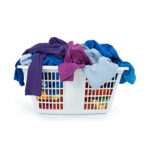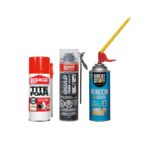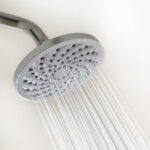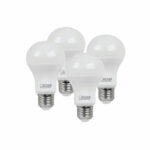13 Ways to Save Energy
- Get link
- X
- Other Apps
ENERGY STAR®
Small changes to your utility usage can add up to big savings on your monthly bills. Try these tips to conserve energy and decrease consumption.

Smart thermostat
Adjusts to energy-saving temperatures when you are asleep or away. Provides data so you can track and manage consumption.

Laundry
Washers and dryers use a lot of energy. Try to wash full loads only, use the cold water cycle and hang your clothes to dry on hangers and clothes racks.

Foam sealant
Polyurethane-based. Expands to fill gaps and cracks indoors and outdoors and creates a long-lasting, airtight and water-resistant seal.

Smart power bar
Cuts power to electronic devices when on standby or even turned off. Peripheral devices shut off when main device is not being used.

Short shower
Most showerheads save water but you can further lower energy consumption by reducing your time in the shower and using water only when you're ready.

LED bulbs
LED light bulbs generally consume very low amounts of power and their lifespan is about 40x longer than traditional incandescent light bulbs.

Window & door film
Effectively seals air leaks around windows and unused patio doors. Kits are inexpensive and are available in assorted sizes.

Weather stripping
Use on operable doors and windows for a year-round seal. Installs around the outside perimeter and attaches to the framing.

Dimmer switch
Dimmers reduce the flow of electricity to the bulb and allow lights to operate with lower power. They can also extend the lifespan of bulbs too.

Energy Star®
Purchase products with an ENERGY STAR certification. These products have met or exceed technical specifications for high efficiency.

Wear a sweater
If you're chilly, put on a warm sweater instead of turning up the thermostat. Go for a natural fibre sweater for the best warmth.

Close off rooms
Close doors and heat vents in unused rooms but be sure those areas are warm enough to prevent any plumbing in the walls from freezing.

Drapes
This low-tech energy saver is often overlooked. In winter, they trap heat inside and in summer, they keep light and heat out.
- Get link
- X
- Other Apps




Comments
Post a Comment